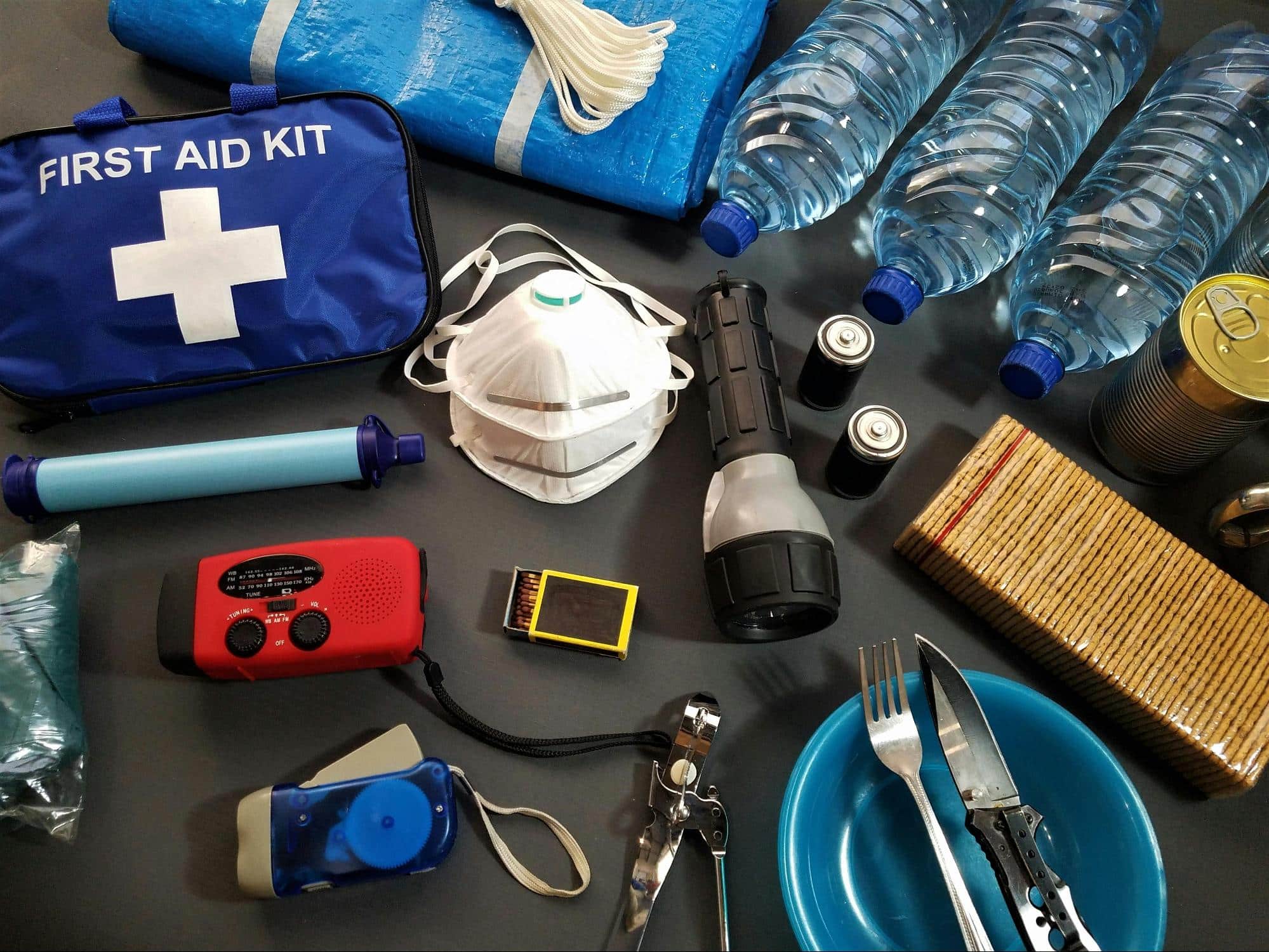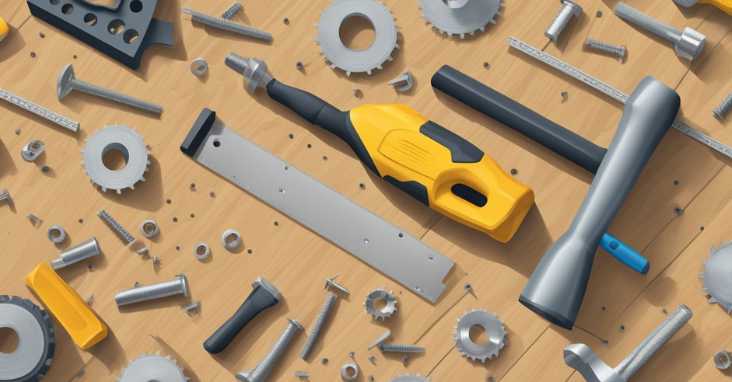How to Prune Climbing Roses
Regular pruning is essential for climbing roses to remain healthy and reach their full growing potential while keeping their desired shape. Left unpruned, climbing roses can quickly get out of hand, becoming a tangled mess of thorny stems. Climbing roses that get regularly pruned produce significantly more flowers than those left to their own devices, so it’s definitely worth taking the time and effort to learn how and when to prune climbing roses.
How Do I Know If I Have Climbing Roses?
Climbing roses and rambling roses are quite similar in appearance. If you’re unsure which you have in the garden, take note of the flowering time. Rambling rose plants flower once in late spring to early summer. Climbing roses, on the other hand, repeat-flower from May to September.
How to Train Climbing Roses
Unlike shrub roses, climbing roses need trained so the shoots grow up a support frame. Roses cannot cling to a wall by themselves, so they need a little helping hand to climb surfaces. Walls, fences, trellises and pergolas are all ideal for climbing roses.
Climbers have two types of canes or stems – main and lateral. The main stems grow in the centre of the plant, while the lateral ones grow out to the sides and are often referred to as side shoots. Both types need to be supported to grow steadily and hold the flower heads when they appear.
Start with attaching some wire or string to the support frame and tie the plant’s stems on, ensuring they’re not too tight and that the climbing rose has plenty of room to grow. As the plant spreads, add more ties, fanning them out in the direction you want the new shoots to grow. Try to encourage the main stems to grow as horizontally as possible for maximum coverage.
Mature climbing roses can be quite heavy, so ensure your structure is strong enough to support the full weight of the plant.
When to Prune Climbing Roses
The best time of the year to prune climbing roses is in winter when the plant is dormant. Wait until the blooms have all faded and prune between December and February before the growing season starts again.
Don’t be tempted to get the shears out too early, as you might leave the plant susceptible to frost damage. Hold off until the leaf buds are about to start growing.
Pruning in winter makes the task less difficult, as the bare branches are easy to reach and dead or damaged branches are easy to spot. Don’t worry about whether you’re cutting back too much without being able to see the flowers and foliage, as the plant will grow back vigorously in spring.
What You’ll Need to Prune Climbing Roses
It’s always a good idea to gather everything you need before you start pruning.
Gardening Gloves
Good quality gardening gloves and a long-sleeved top are essential for avoiding cuts and scrapes from prickly rose thorns. You may wish to have some anti-bacterial spray and plasters on hand just in case you do end up with one or two cuts.
Loppers or Pruning Shears
These are essential for cutting back the main stems. A pair with long handles helps reach tangled branches towards the top of the climbing rose.
A Pruning Saw
A saw is ideal for cutting through thicker branches to remove those that have died or succumbed to disease.
Secateurs
Hand secateurs are handy for pruning old shoots and deadheading spent flowers and are much lighter to use than shears or loppers.
A Stepladder
A ladder or sturdy step helps you reach higher shoots without stretching too far and risking injury.
Ensure all your tools are thoroughly clean before you begin. Doing this prevents diseases from getting transferred between plants.
Pruning Young Climbing Roses
Young climbers don’t need much pruning in their first year. Deadhead spent flowers throughout the season to promote a second flourish of blooms.
Use secateurs to prune the tips of main stems that are slow to branch. Cutting them just as far as the first strong bud is enough to encourage them to produce side shoots.
Remove dead or damaged branches and tidy up any growing the wrong way. Check main canes and lateral branches are securely fastened to the trellis or other support with plenty of room to grow.
Routing Pruning of Mature Climbing Roses
Check the climbing rose over and establish which branches and stems need to be pruned. Remove dead or damaged parts of the plant first, then stand back to assess the size and shape of the plant. Next, pick out the healthy stems and cut back any competing stems crossing or getting tangled with them.
Remove any canes growing in the wrong direction and those that appear too weak to support flowers. Examine the plant for congestion and prune old main stems from the base of the plant, leaving new canes to flourish.
Finally, cut any flowering shoots back by around two-thirds and tie new shoots to the wall or support.
Renovating Older Climbing Roses
Pruning climbing roses that have become unruly and overgrown involves a bit more work than routine pruning.
Again, start by cutting away dead or damaged branches and stems. Doing this lets you see where the rest of the plant stands and how much pruning needs doing.
Inspect the climbing rose and choose the youngest, healthiest looking five or six main stems to keep. Prune back the other old, woody stems so the plant’s energy can go into producing new shoots and an abundance of flowers.
Cut side shoots and stem tips back by around one-third to promote healthy new growth in spring. Tie the shoots securely to the plant’s support.
Where to Cut Climbing Roses
Making precise cuts at certain parts of the plant helps a climbing rose grow much faster and healthier than just lopping bits off willy-nilly. Consider the way you want a stem to grow up and along its support, and make a cut just above a bud facing in that direction.
When removing older, woody canes to make way for younger flower stems, cut them as close to ground level as possible.
Where to Focus Pruning Climbing Roses
Each main stem produces lateral branches, or side shoots, which is where the flowers grow. These side shoots should be the main focus of any routine pruning.
Unless you need to prune the main stems because they’re dead, damaged, or overcrowded, leave them be and concentrate your efforts on the side shoots. After all, this is where the flower production happens, so focus on shortening faded side shoots to promote more plentiful blooms.
How Often Should I Prune a Climbing Rose Plant?
Pruning climbing roses during winter helps keep them healthy and at a manageable size. Annual pruning is recommended to remove damaged branches and ensure the good health of the plant. Pruning climbing roses less often can result in them getting unruly and producing fewer flowers.
Deadhead spent roses throughout the season to promote a second flush until the climbing rose has finished flowering.
Should I Deadhead a Climbing Rose?
Deadheading is the removal of dying or faded blooms from repeat flowering varieties. Wilting flowers are not a good look on a climbing rose, so, for that reason alone, it’s a good idea to deadhead spent blooms. But that’s not the only good reason.
Deadheading fading flowers encourages more roses to bloom, offering a second flush of flowers on the plant. Without any deadheading, climbing roses can become unable to flower again, so removing them helps keep the plant vibrant and looking its best.
Keep a close eye on climbing roses when they are in bloom, inspecting flowers for signs of browning, falling petals or shrivelling. Use a sharp pair of secateurs to make a quick, clean cut underneath the flower, just above the first set of leaves. A 45-degree cut is perfect for promoting fresh new growth and more flower production.
Should I Feed Climbing Roses?
Roses are hungry plants and appreciate an annual feed in spring. Specialist rose feeds are available, but an all-purpose balanced fertiliser is fine. Mulch climbing roses in autumn using well-rotted organic matter to help retain soil moisture and protect the roots against chilly winter temperatures.
When left unpruned, climbing roses can quickly get out of control, looking unkempt and overgrown. However, even neglected climbers can bounce back and flourish after some maintenance pruning. Climbing roses are hardy, robust plants, so don’t be scared of pruning them too hard, as they’ll always grow back vigorously the following season.







